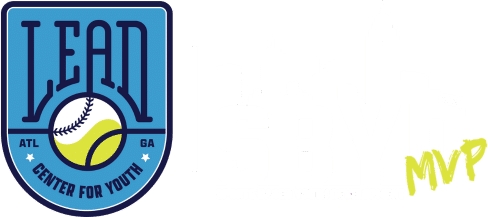In my coaching career, my ultimate goal is to nurture players who not only excel on the court but also embody the resilience and dedication seen in athletes like Anthony “Ant Man” Edwards.
While I never had the opportunity to coach him personally, Anthony’s journey from our LEAD Center For Youth’s middle school Junior Ambassadors Baseball Program to becoming a beacon of professional success illustrates the epitome of athlete development I strive to replicate.
The Ideal Athlete: From Aspiration to Actualization
Anthony represents the type of player every coach dreams of guiding: someone who practices with purpose, plays with passion, and possesses the mental fortitude to perform under the most intense pressures. While I haven’t witnessed his training sessions firsthand, his on-court performances and the anecdotes of his commitment suggest a player who has mastered the art of turning potential into prowess.
Building Habits and Skills
The evolution from raw talent to refined skill involves developing consistent habits and the ability to maintain performance under stress. Talent gets a player noticed, but habits keep them in the game, and skills make them standouts. This development is evident in players like Anthony, who has moved beyond being merely talented to demonstrating habits and skills that sustain his professional career.
The Role of Practice and Training
In my coaching philosophy, distinguishing between practice and training is crucial. Practice is for building habits; it’s where players repeat actions until they become second nature. But training introduces pressure, simulating the stress of real games to turn these habits into dependable skills. This framework is what I envision for my players, aiming to prepare them not just to compete but to conquer.
Emulating a Role Model
Anthony “Ant Man” Edwards serves as a powerful template for young athletes. His journey underscores the importance of perseverance, the value of consistent effort, and the impact of mental strength. By aspiring to coach players who emulate these traits, I aim to cultivate a team that not only loves the game but also respects the discipline required to excel at the highest levels.
While I have never coached Anthony directly, his example fuels my commitment to developing players who can achieve similar heights. By focusing on the transformation from talent to skill, and instilling the importance of practice and training under pressure, I am dedicated to preparing athletes who are not just skilled but are also resilient, dedicated and inspirational—much like the Ant Man himself.
For more information, visit L.E.A.D. Center for Youth today.
If you found this inspiring and thought-provoking, or if you have any questions, comments or concerns, add me on Discord and let’s go deeper.
C.J. Stewart has built a reputation as one of the leading professional hitting instructors in the country. He is a former professional baseball player in the Chicago Cubs organization and has also served as an associate scout for the Cincinnati Reds. As founder and CEO of Diamond Directors Player Development, C.J. has more than 22 years of player development experience and has built an impressive list of clients, including some of the top young prospects in baseball today. If your desire is to change your game for the better, C.J. Stewart has a proven system of development and a track record of success that can work for you.

